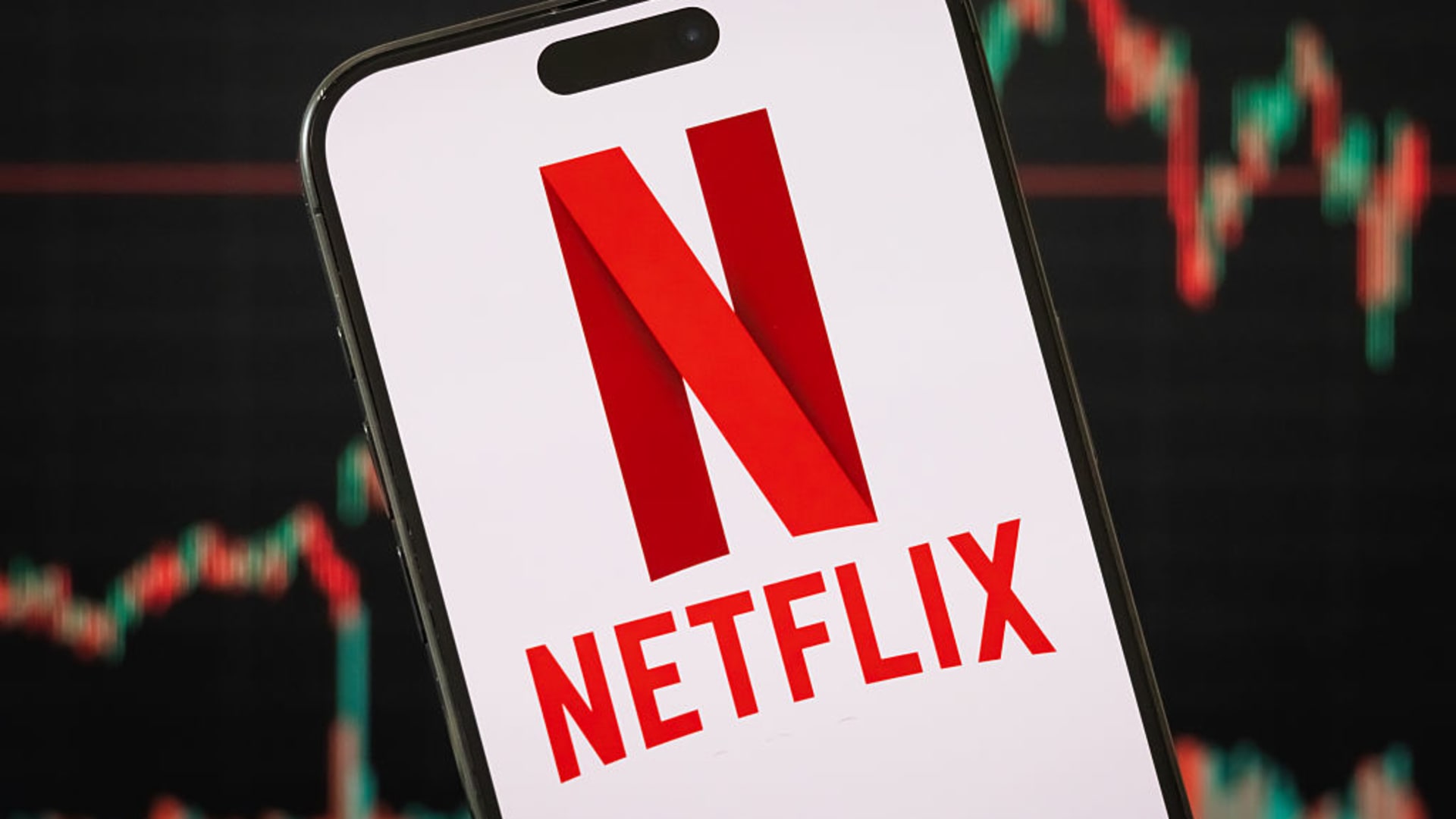Netflix Soars: Unpacking the Unprecedented Surge in Stock Performance
Netflix has shattered expectations with a record-breaking stock rally, climbing to all-time highs as the streaming giant outperforms market forecasts. Over the past quarter, shares surged by 34%, fueled by strategic content investments, a crackdown on password sharing, and a booming ad-tier subscription model. Analysts attribute this momentum to Netflix’s ability to adapt in a fiercely competitive industry while maintaining subscriber growth. Here’s what’s driving the ascent—and whether it’s sustainable.
The Catalysts Behind Netflix’s Stock Surge
Netflix’s recent stock performance reflects a perfect storm of strategic decisions and market conditions. The company reported adding 9.3 million new subscribers in Q1 2024, far exceeding Wall Street’s projection of 4.8 million. This growth stems from three key initiatives:
- Password-Sharing Crackdown: By restricting account access to households, Netflix converted millions of freeloaders into paying subscribers, boosting revenue without significant content costs.
- Ad-Supported Tier Success: The $6.99/month plan now accounts for 30% of new sign-ups, attracting budget-conscious viewers and ad revenue.
- Global Content Dominance: Hits like 3 Body Problem and Avatar: The Last Airbender drove engagement, with non-English shows making up 60% of the top 10 most-watched titles.
Analysts Weigh In: Is the Growth Sustainable?
While bullish investors celebrate, some experts urge caution. “Netflix has executed flawlessly, but the streaming wars are far from over,” says Laura Martin, senior analyst at Needham & Company. “Disney+, Amazon Prime, and Apple TV+ are pouring billions into content. Netflix must keep innovating to retain its lead.”
Others highlight financial metrics: Netflix’s operating margin expanded to 25%, up from 18% a year ago, thanks to cost discipline. “Their ability to monetize existing users while scaling back spending on middling projects is impressive,” notes Goldman Sachs media strategist David Reynolds. “But sustaining 20%+ annual growth will require untapped markets or new revenue streams.”
Competitive Landscape: How Netflix Stays Ahead
Netflix’s dominance hinges on its first-mover advantage and data-driven content strategy. Unlike rivals, it spends $17 billion annually on programming with surgical precision, using viewer analytics to greenlight projects. For example, its investment in South Korean dramas paid off when Squid Game became a global phenomenon, contributing $900 million in value.
However, competitors are closing the gap:
- Disney+ bundles with Hulu and ESPN+ to offer broader appeal.
- Amazon Prime leverages its e-commerce ecosystem for cross-promotions.
- Apple TV+ focuses on prestige content, winning Best Picture at the Oscars for CODA.
The Risks: Churn, Saturation, and Regulation
Netflix faces headwinds, including subscriber “churn” as customers rotate services. A recent Deloitte study found 40% of U.S. viewers cancel at least one streaming subscription per year. Additionally, market saturation looms—Netflix already reaches 75% of addressable households in North America.
Regulatory scrutiny is another wildcard. The EU’s proposed Digital Markets Act could force Netflix to share viewer data with competitors, eroding its edge. Meanwhile, labor strikes in Hollywood delayed productions, though Netflix’s global pipeline mitigated disruptions.
Future Outlook: What’s Next for Netflix?
Netflix’s roadmap includes doubling down on advertising, gaming, and live sports. Its partnership with Microsoft for ad tech aims to challenge YouTube’s dominance, while mobile games like Too Hot to Handle attract younger demographics. Rumors swirl about a bid for NBA streaming rights, which could be a game-changer.
“The ad tier is Netflix’s golden ticket,” asserts Reynolds. “If they capture even 10% of YouTube’s ad revenue, the stock could climb another 25%.” Still, challenges persist. “Content remains king,” warns Martin. “One miss like Qwikster could spook investors.”
Investor Takeaways: Ride the Wave or Proceed with Caution?
Netflix’s stock surge reflects its resilience, but volatility is inevitable. Short-term traders might capitalize on momentum, while long-term investors should monitor:
- Subscriber retention rates post-password crackdown
- Ad-tier profitability by 2025
- International expansion in Africa and Southeast Asia
For now, Netflix reigns supreme—but in streaming, today’s winner can quickly become tomorrow’s afterthought. As the company bets big on ads and interactivity, its ability to stay agile will determine whether this rally is a milestone or a peak.
Want to stay ahead of market trends? Follow our Finance & Tech section for real-time analysis on Netflix and other disruptors shaping the digital economy.
See more CNBC Network



